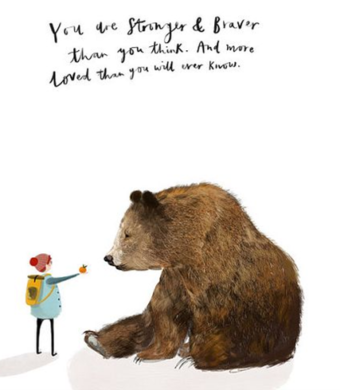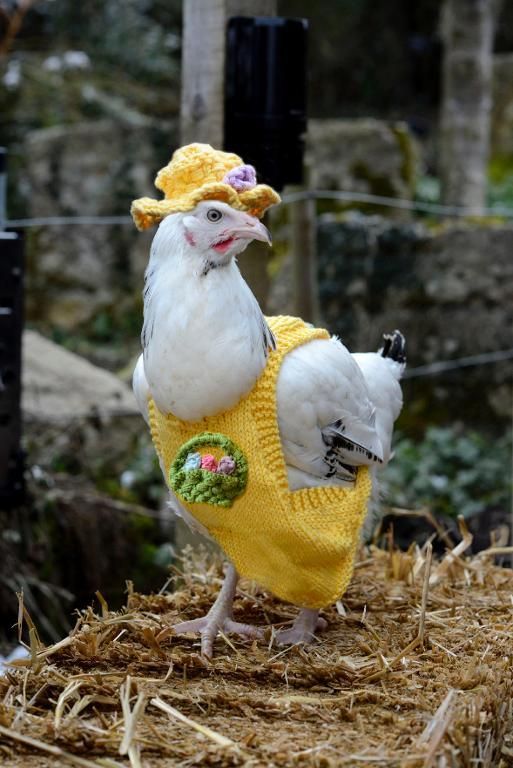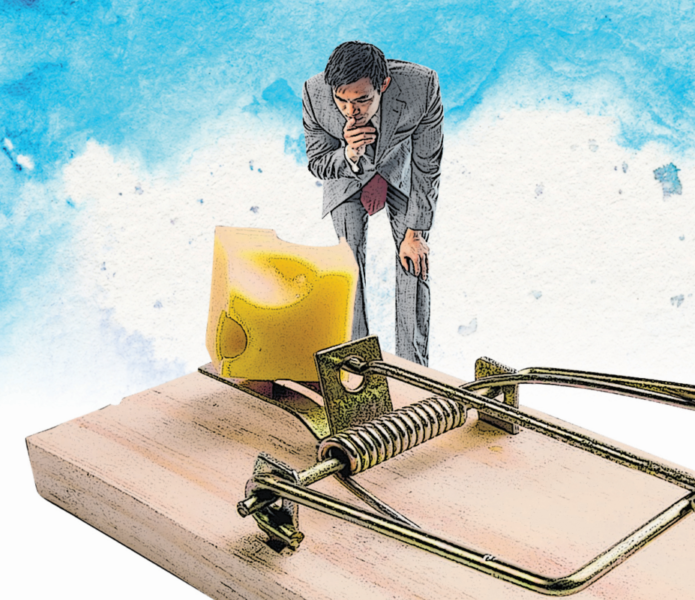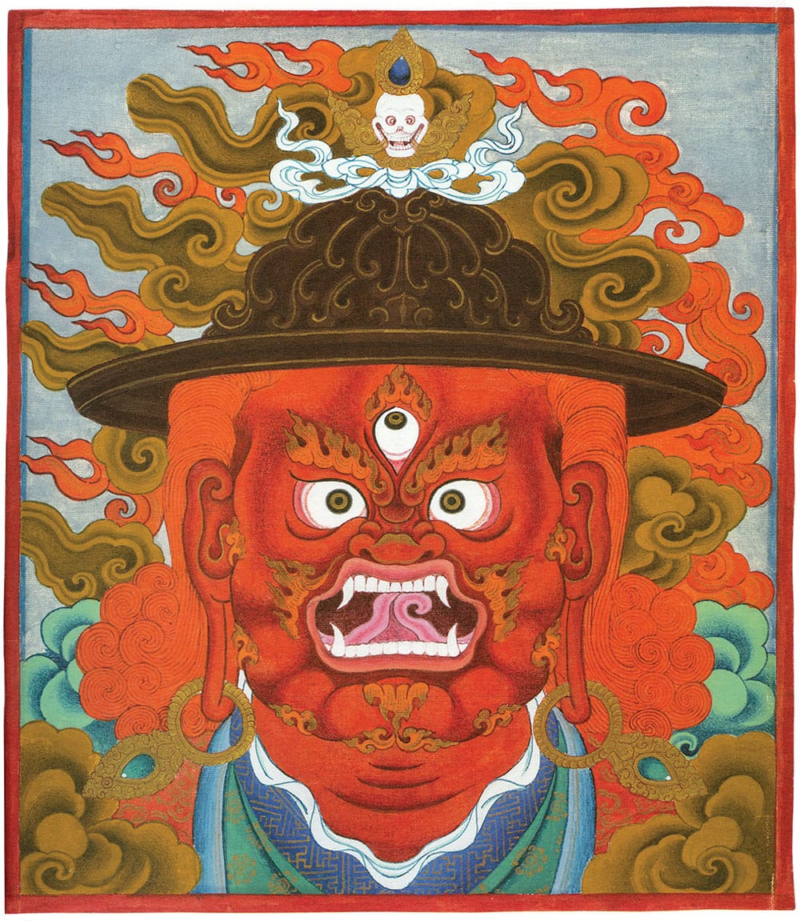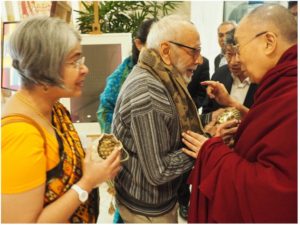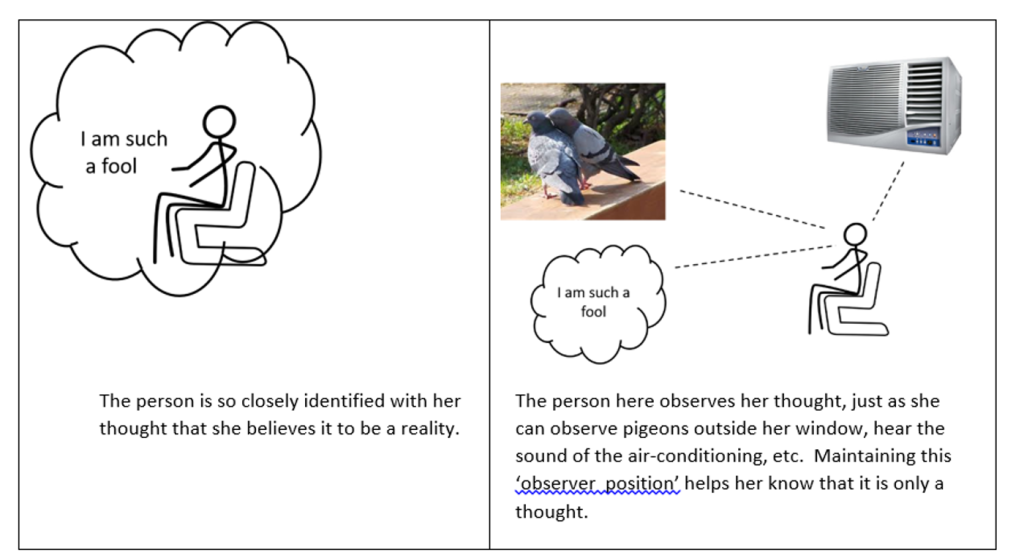(Art by Katy Pillinger)
I worked with a client a while back, who had a big conflict with his business partner.
It was agonizing for him- there were parts of him which recognized the value of the partner, and parts of him which felt enraged, belittled and bitter about her behaviour . And he also knew he couldn’t do without her. One of those love-hate-relationships.
In the coaching sessions, we worked to separate and recognize the feelings, thoughts, sensations so that he could unhook himself from the external triggers. Some of the things my client identified about himself: he didn’t draw boundaries, did not state ‘asks’ clearly, withdrew in self-doubt, was besieged with comparisons making himself alternately big and small, and emerged as angry ‘Doberman dog’ ready to bite when he felt not heard.
Empathy is described as the ability to share another person’s feelings and emotions as if they were your own even when the other is not communicating them in an objectively explicit manner.
As a coach, with my self-awareness I knew a part of me suffered in the same way, and I identified with his pain. At some level, the client is the same as me.
The danger with empathy however that I have learnt over time, is that too much identification leads to a pressure help the other. And this pressure caused me to feel at times inadequate because in spite of coaching, my client going to the same places again and again. And at times annoyance at his inability to look within at times, instead putting the blame on external events and people. (and I berated myself for not being a good enough coach afterwards).
Needless to say, all of this gets in the way of coaching and truly being there for the person.
Buddha says we have a wise self.
The role of a coach can be to remind the client to get reconnected with that center and essence; their inner buddha, their resourcefulness and wholeness, their Wise-Self, intuition, gut …whatever you want to call it…because they have all the answers. The coach doesn’t have the answers.
Zerka Moreno, the co-founder of Psychodrama said: “It is clear that I do not heal any psyches. Protagonists themselves do the healing. My task is to find and touch that autonomous healing center within, to assist and direct the protagonist to do the same. I am merely a guide in the wilderness, clearing away obstacles so protagonists can find their very own path.”
Through Psychodrama, I learnt the important difference between the important difference between Empathy and Compassion.
(Art by Gabriella Barouch)
Compassion leads to doing whatever possible to foster the release of the other’s Wise-Self rather than become the other’s healer. With compassion, you can be open-heartedly present with others without feeling the urge to change them or distance from them.
And when I drop my wish to ‘do something’, that’s where Self-presence will often release the client’s own Self.
This is the heart of the philosophy of Psychodrama – an action method developed by Jacob Levy Moreno (1889-1974) and his wife Zerka Moreno*. It uses role playing and dramatisation techniques to explore the energy enclosed within emotions, dreams and conflicts in order to release the creative and spontaneous self. “Spontaneity is defined as a new response to an old situation or an adequate response to a new situation“ (Jacob Levy Moreno)
Psychodrama is used both as individual and as group therapy and can effectively improve communication and work performance within organisations.
Psychodrama also trains us to turn the lens within, so that we notice when the clients needs and identities are getting entangled with the needs of the coach- and the process of staying clear of that. In short, it is about being compassionately present without having the need to ‘do’ or ‘heal’ or ‘empathise’.
If you want to understand how Psychodrama can turbocharge your coaching practice, see details of a year-long diploma on ‘Psychodrama Coaching Practitioner’ from Vedadrama; and contact us for a two-day workshop on ‘Coaching through Psychodrama’ in January 14-15 2021.

